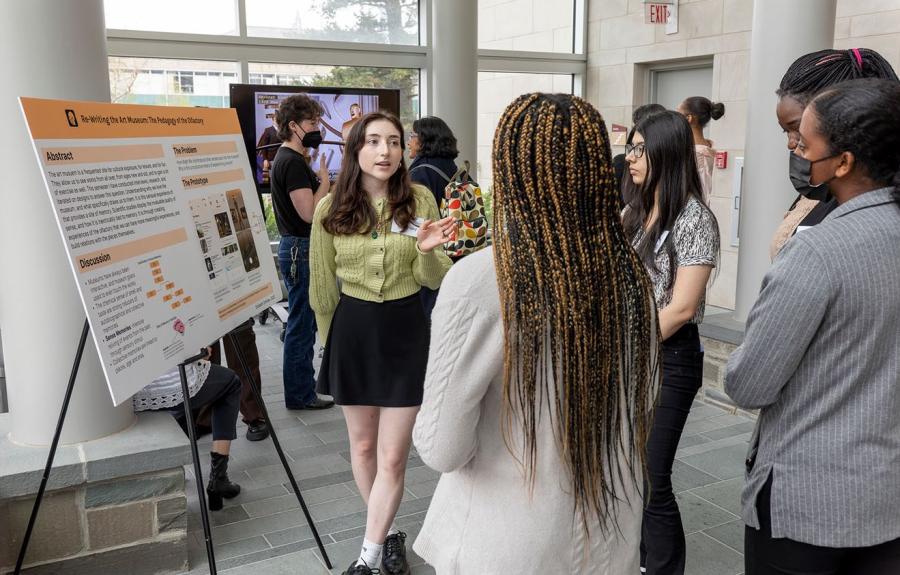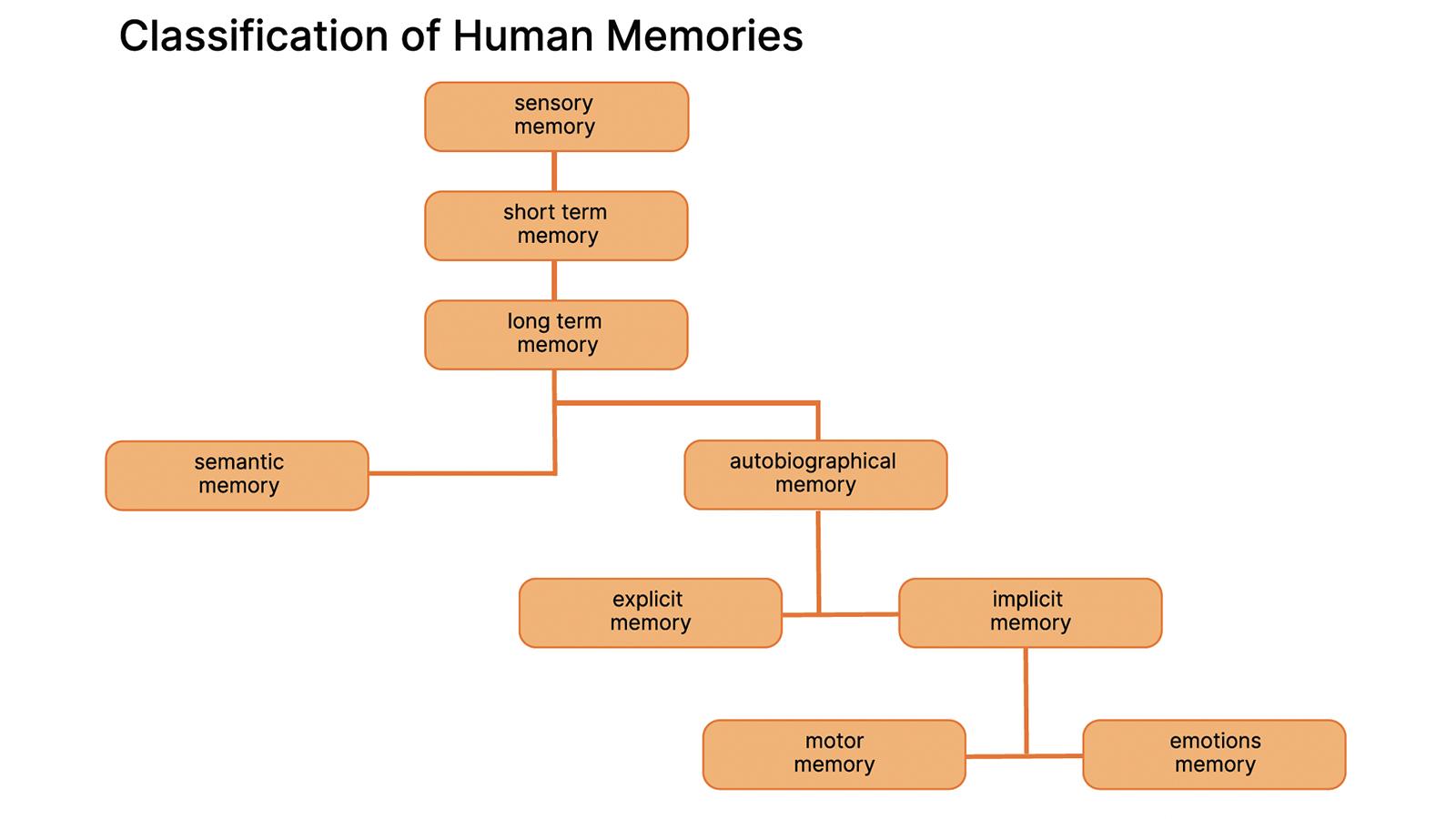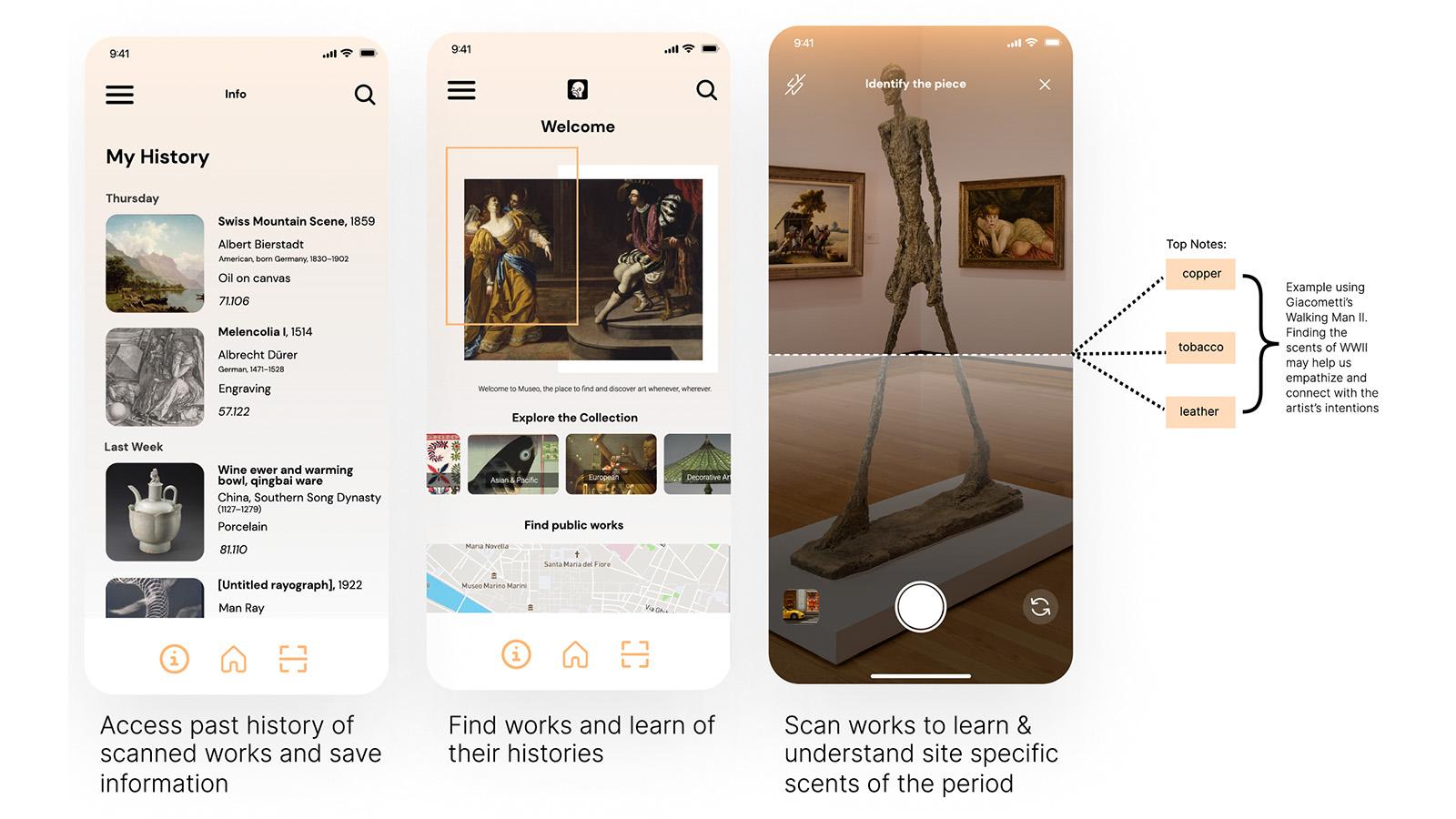Project Overview
Problem Statement
How might we reengage childlike wonder in museum goers by reimagining the art museum space. Why is this a productive means of experiencing artwork?
The Project
The art museum is a frequented site for cultural exposure, for leisure, and for fun. They allow us to see works from all over, from ages new and old, and to gain a bit of exercise as well. This semester I have conducted interviews, research, and iterated on designs to answer this question. Understanding why we love the museum, and specifically what draws us to them . It is this sensual experience that provides a site of memory. Scientific studies display the invaluable quality of sense, and how it is inextricably tied to memory. It is through creating experiences of the olfactory that we can have more meaningful experiences, and build relations with the pieces themselves.
Research Focus
- Museums have always been interactive, and museum goers used to even touch the works
- The chemical sense of smell and taste are strong inducers of autobiographical and collective memories
- Sense memories: intensive reliving of events from the past through sensory stimuli
- Collective memories are linked to places, age and eras




